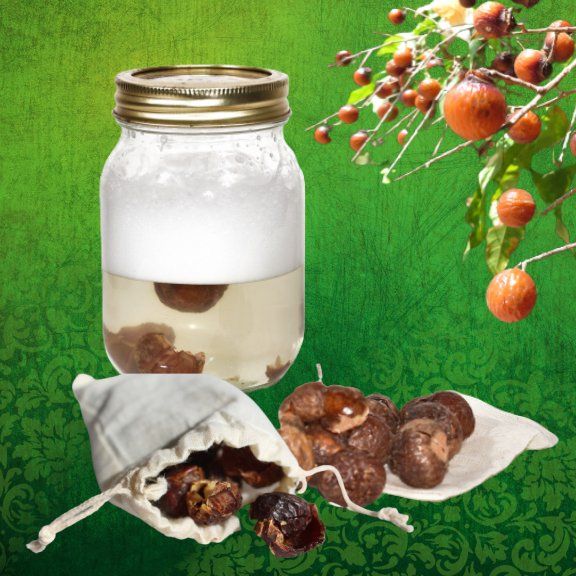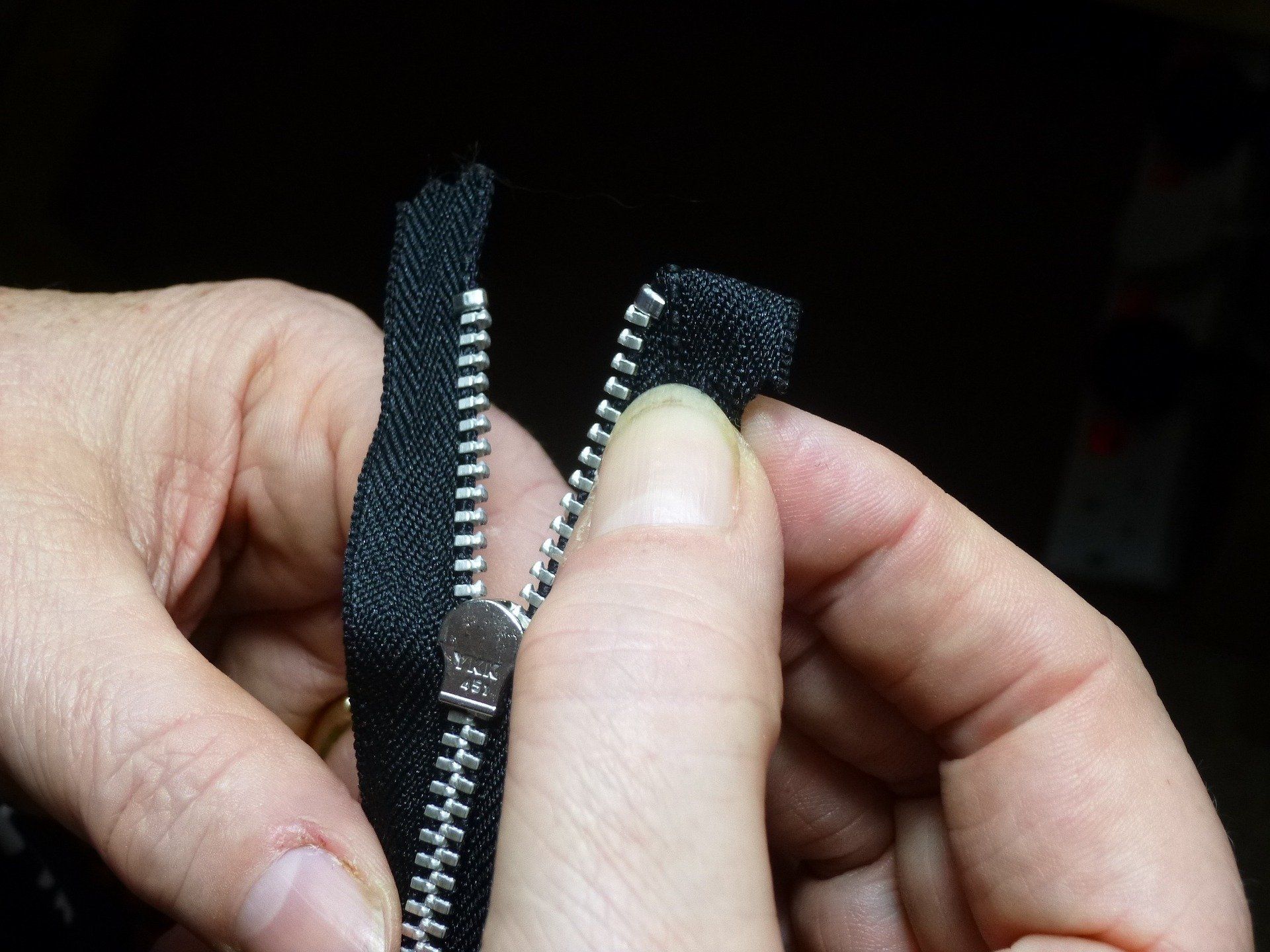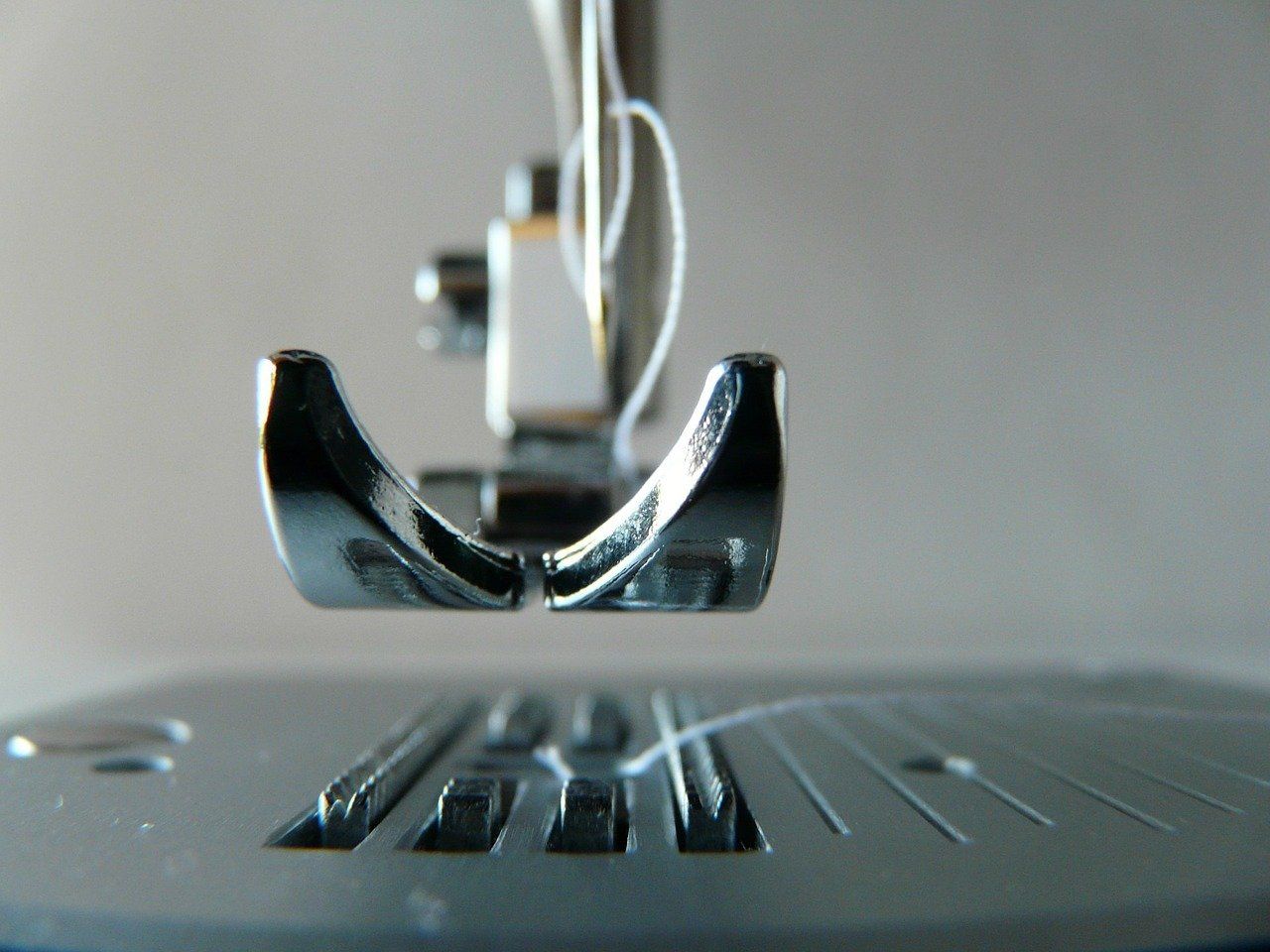What are Soap Nuts & What Can I Use Them For
Soap Nuts or Soap Berries are the fruit of Sapindus Mukorossi, a small tree native to the foothills of the Himalayas that also grows in India, America, Mexico and Hawaii
The Soap Nut contains up to 37% Saponin, an 100% natural surfactant that has similar properties to soap
Soap Nuts have natural anti-bacterial & anti-fungal properties
Soap Nuts are rich in fatty acids which are effective against various skin conditions eg dry skin, eczema, psoriasis & acne
Soap Nuts are allergy free and are suitable for delicate and aging skin
Soap Nuts can be used for Laundry Detergent, Dish & Hand Soap, Hair Shampoo, Body Wash, Pet Wash, Mosquito Repellent etc










